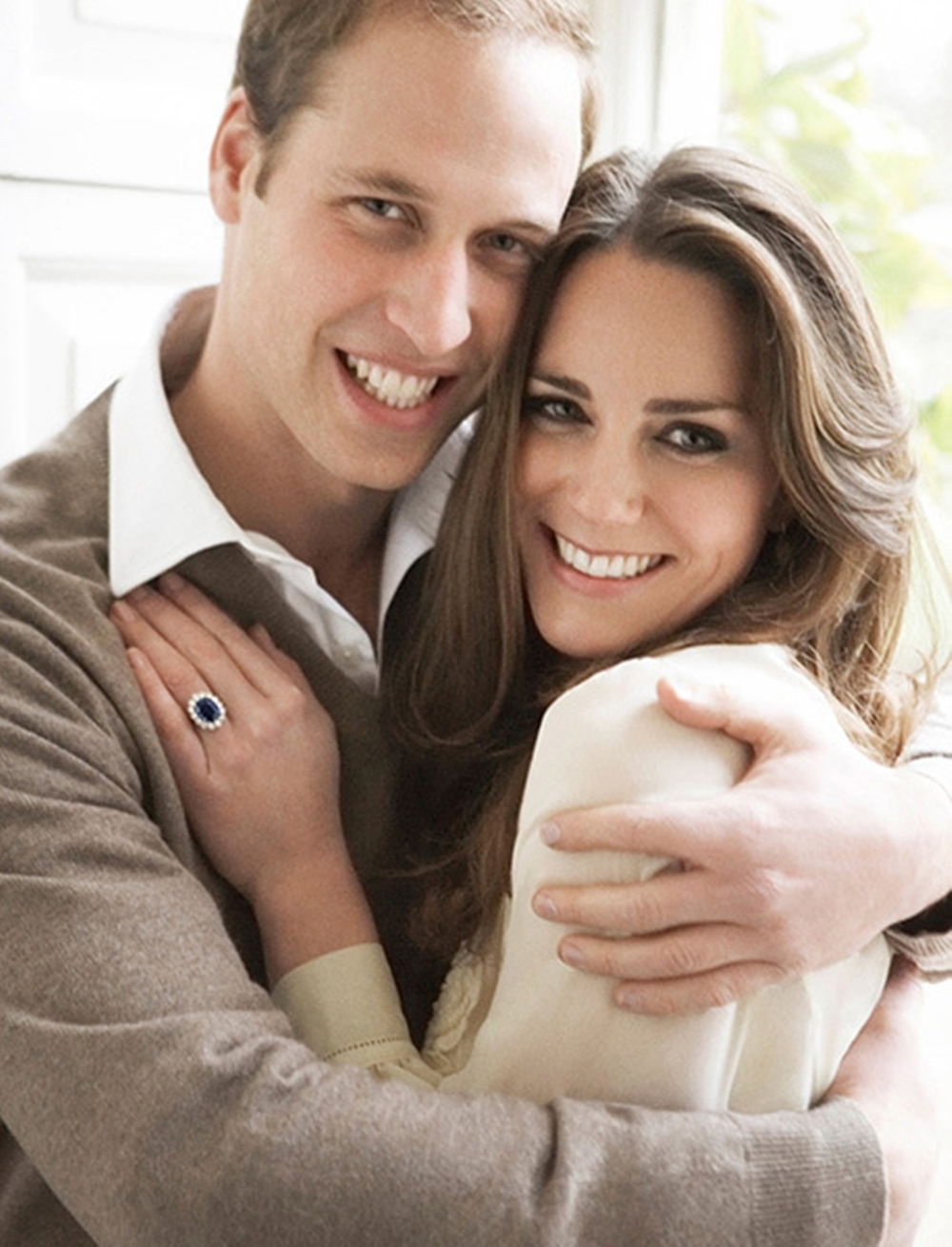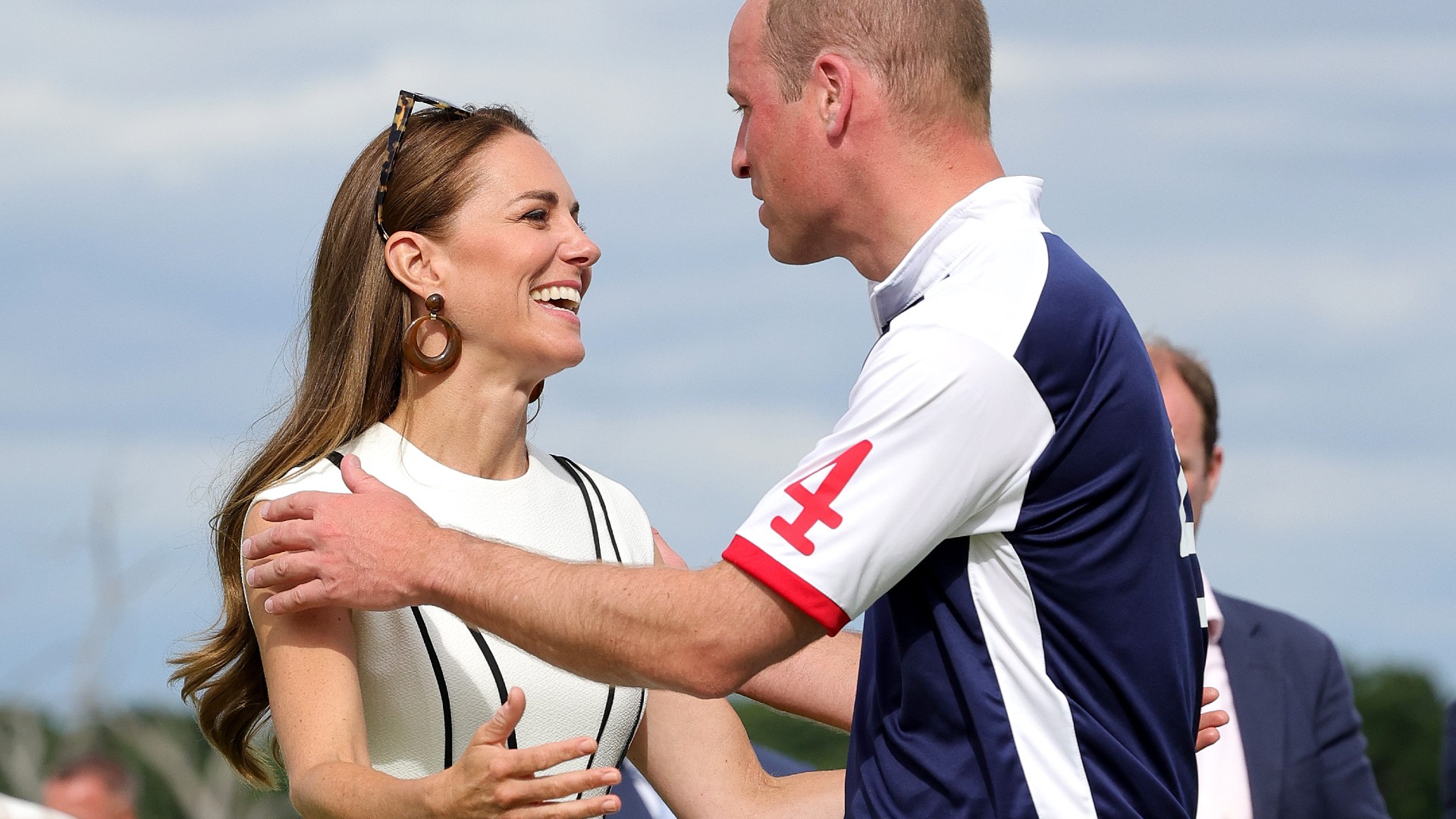Young Prince William And Kate: A Royal Journey Of Love And Legacy
Prince William and Kate Middleton have become one of the most iconic royal couples in modern history. Their relationship has captured the hearts of millions worldwide, symbolizing love, tradition, and modernity intertwined. As young royals, they have carved a unique path, balancing their personal lives with their royal duties. This article delves into their early years, their romance, and their impact on the monarchy, offering a comprehensive look at their journey so far.
The story of Prince William and Kate Middleton began long before their fairy-tale wedding in 2011. Both individuals brought their own unique qualities to the table, shaping not only their relationship but also their roles within the British monarchy. Understanding their early lives provides valuable insights into their character and the foundation of their partnership.
As we explore their journey, it becomes evident how their relationship has evolved over the years, reflecting the changing dynamics of the royal family. This article aims to provide an in-depth analysis of their early years, their courtship, marriage, and the responsibilities that come with being part of the royal family. Let's embark on this royal journey together.
Read also:Benjamin Levy Aguilar Height A Comprehensive Guide To The Rising Stars Physical Stature And Career
Biography of Prince William and Kate Middleton
Early Life and Education
Prince William, born on June 21, 1982, is the eldest son of Prince Charles and the late Princess Diana. His early years were spent in the spotlight, growing up as a member of the British royal family. Similarly, Kate Middleton, born on January 9, 1982, hails from a middle-class background in Berkshire, England. Her upbringing was far from the glitz and glamour of royal life, which made their union all the more intriguing.
Table: Key Facts About Prince William and Kate Middleton
| Name | Prince William | Kate Middleton |
|---|---|---|
| Date of Birth | June 21, 1982 | January 9, 1982 |
| Place of Birth | Paddington, London | Berkshire, England |
| Education | Eton College, University of St Andrews | University of St Andrews |
| Profession | Prince of Wales, Royal Duties | Duchess of Cambridge, Royal Duties |
Their Meeting at University of St Andrews
University Life and Romance
Prince William and Kate Middleton first met at the University of St Andrews, where they both pursued their studies. Their initial interactions were casual, but their friendship soon blossomed into something more profound. The university setting provided a unique backdrop for their romance, allowing them to connect on a personal level away from the pressures of royal life.
During their time at St Andrews, both individuals were exposed to diverse experiences that shaped their perspectives. These experiences laid the groundwork for a relationship built on mutual respect and understanding.
Young Love and Courtship
Building a Relationship
The courtship of Prince William and Kate Middleton was filled with ups and downs, capturing the attention of the global media. Their relationship faced scrutiny and challenges, but their commitment to each other remained steadfast. Through public engagements and private moments, they showcased a partnership rooted in love and partnership.
- Initial dating phase marked by media attention
- Engagement in 2010, announcing their plans to marry
- Support from both families, strengthening their bond
The Royal Wedding of 2011
A Fairytale Ceremony
The wedding of Prince William and Kate Middleton on April 29, 2011, was a global spectacle. Broadcasted worldwide, the ceremony symbolized the union of two individuals who represented tradition and modernity. The event was a celebration of love, drawing millions of viewers and reinforcing the appeal of the British monarchy.
Read also:5th January Star Sign Unveiling The Mysteries Of Capricorn
Key moments from the wedding included:
- Kate's stunning Alexander McQueen gown
- The exchange of vows at Westminster Abbey
- The iconic kiss on the balcony of Buckingham Palace
Roles and Responsibilities as Royals
Embracing Royal Duties
As members of the royal family, Prince William and Kate Middleton have taken on numerous responsibilities. Their roles involve charitable work, public engagements, and supporting the monarchy's legacy. Through their efforts, they have made significant contributions to causes such as mental health awareness, environmental conservation, and supporting military families.
Data shows that their charitable work has positively impacted millions globally. For instance:
- Mental health initiatives reaching over 1 million beneficiaries
- Environmental projects supporting conservation efforts
- Support for military families through various programs
Family Life and Parenthood
Raising the Next Generation
Prince William and Kate Middleton have three children: Prince George, Princess Charlotte, and Prince Louis. As parents, they prioritize their children's upbringing, balancing royal duties with family life. Their approach to parenting has been characterized by warmth and inclusivity, setting a positive example for the royal family.
Key milestones in their family life include:
- Birth of Prince George in 2013
- Birth of Princess Charlotte in 2015
- Birth of Prince Louis in 2018
Impact on the Monarchy
Modernizing the Royal Family
Prince William and Kate Middleton have played pivotal roles in modernizing the British monarchy. Their approach to royal duties reflects a blend of tradition and innovation, appealing to younger generations. Through their actions, they have demonstrated the relevance of the monarchy in contemporary society.
Studies indicate that their influence has increased public support for the monarchy. For example:
- Surveys showing increased approval ratings for the royal family
- Engagement with younger audiences through social media
- Participation in global issues, enhancing the monarchy's relevance
Challenges and Criticisms
Navigating Public Scrutiny
Like any public figures, Prince William and Kate Middleton have faced challenges and criticisms throughout their journey. Media scrutiny, public expectations, and personal pressures have tested their resilience. However, their ability to navigate these challenges has strengthened their relationship and their commitment to their roles.
Some notable challenges include:
- Media intrusion into their private lives
- Criticisms of their public engagements
- Pressure to meet royal family expectations
Legacy and Future Prospects
Shaping the Future of the Monarchy
As Prince William prepares to take on greater responsibilities within the monarchy, his partnership with Kate Middleton remains a cornerstone of their legacy. Their commitment to modernizing the royal family while preserving its traditions ensures a bright future for the institution. Together, they continue to inspire millions with their dedication and service.
Looking ahead, their focus will likely remain on:
- Continuing charitable work and initiatives
- Supporting the next generation of royals
- Advancing causes close to their hearts
Conclusion
In conclusion, the story of young Prince William and Kate Middleton is one of love, resilience, and dedication. From their early days at the University of St Andrews to their current roles as parents and royals, they have demonstrated the qualities that make them beloved figures worldwide. Their journey continues to inspire and shape the future of the British monarchy.
We invite you to share your thoughts and reflections on their story in the comments below. Additionally, feel free to explore other articles on our site for more insights into the world of royalty and beyond. Together, let's celebrate the legacy of Prince William and Kate Middleton as they pave the way for a new era of the monarchy.
Table of Contents
- Biography of Prince William and Kate Middleton
- Their Meeting at University of St Andrews
- Young Love and Courtship
- The Royal Wedding of 2011
- Roles and Responsibilities as Royals
- Family Life and Parenthood
- Impact on the Monarchy
- Challenges and Criticisms
- Legacy and Future Prospects
- Conclusion


